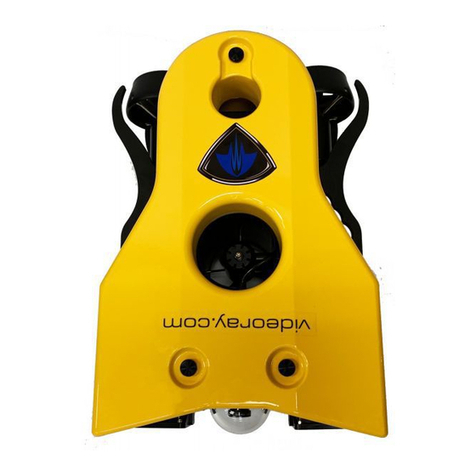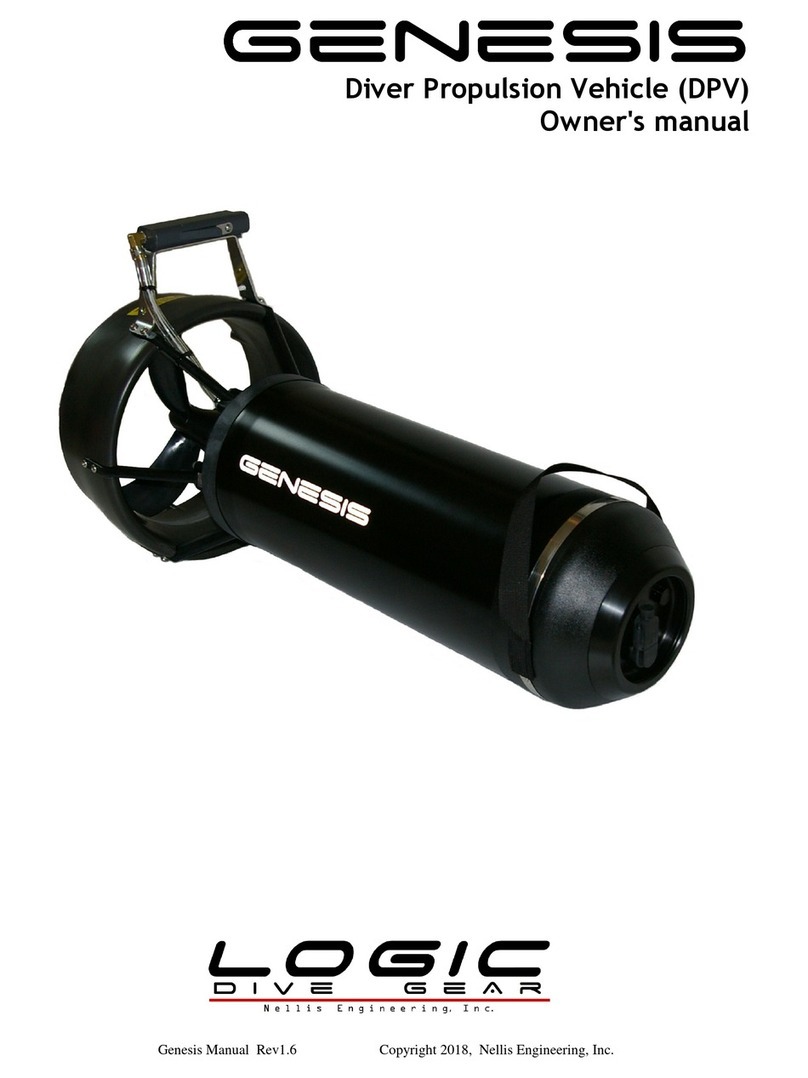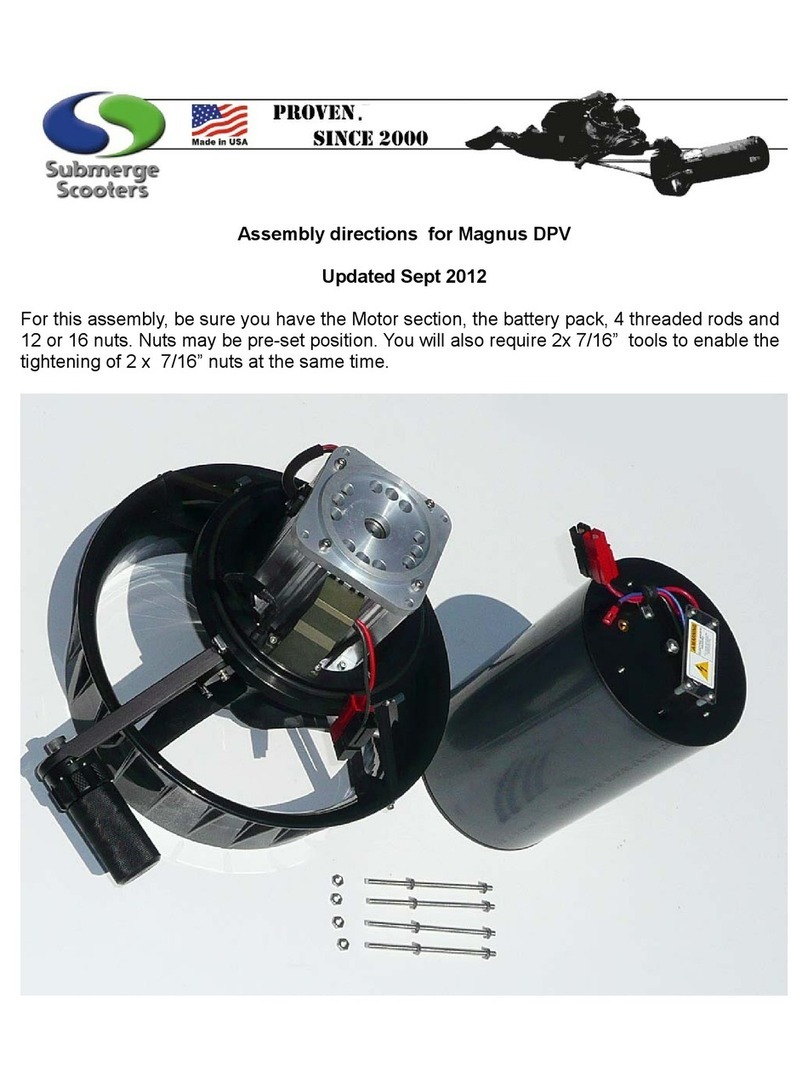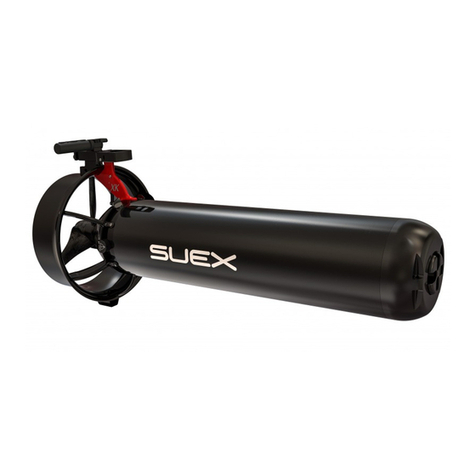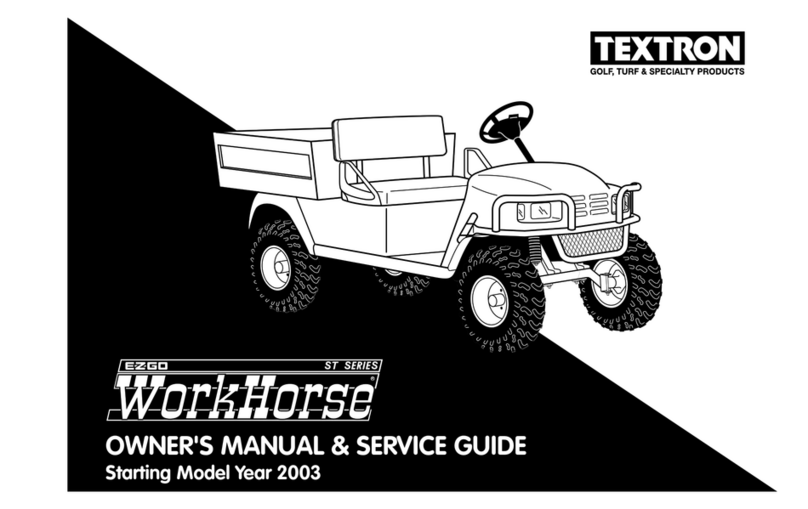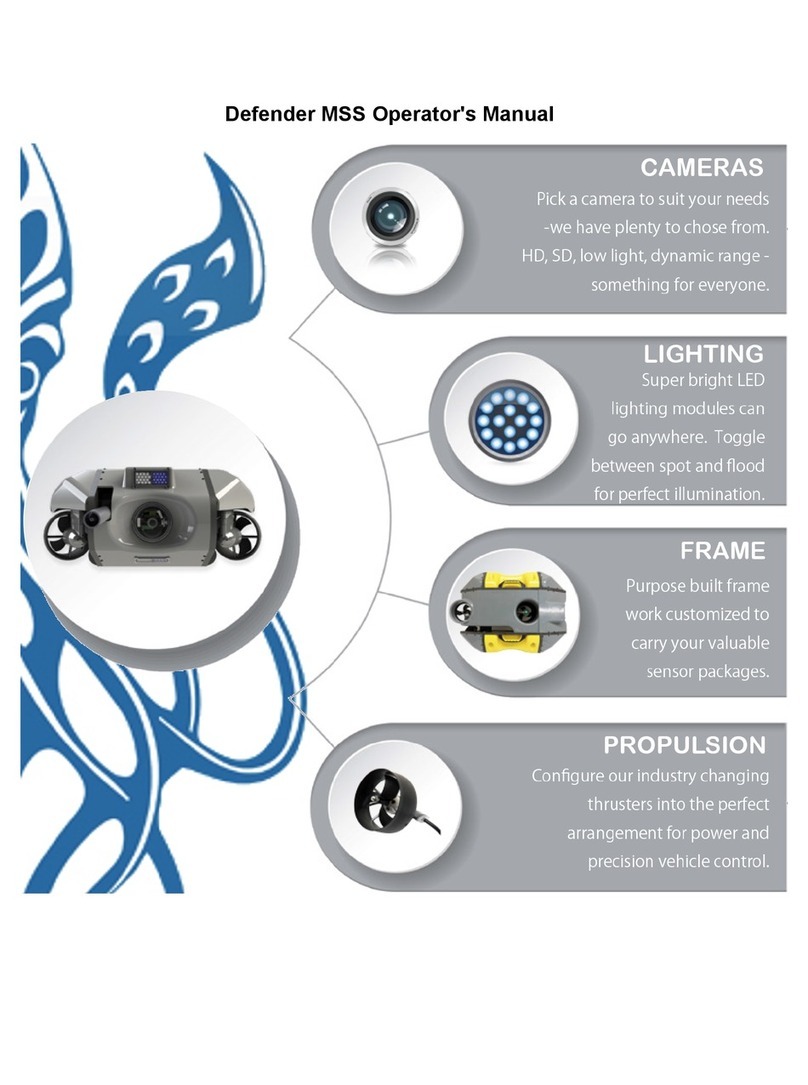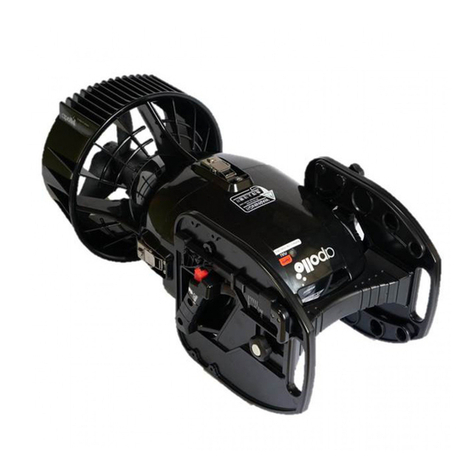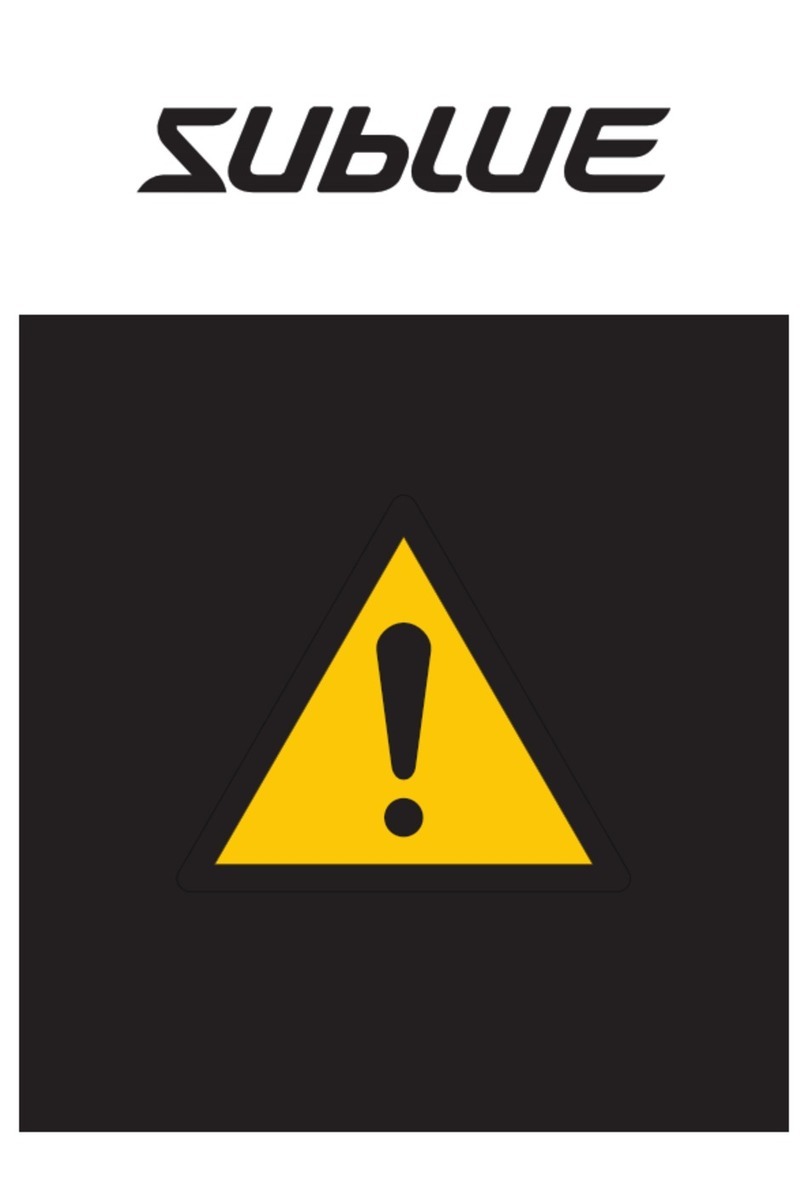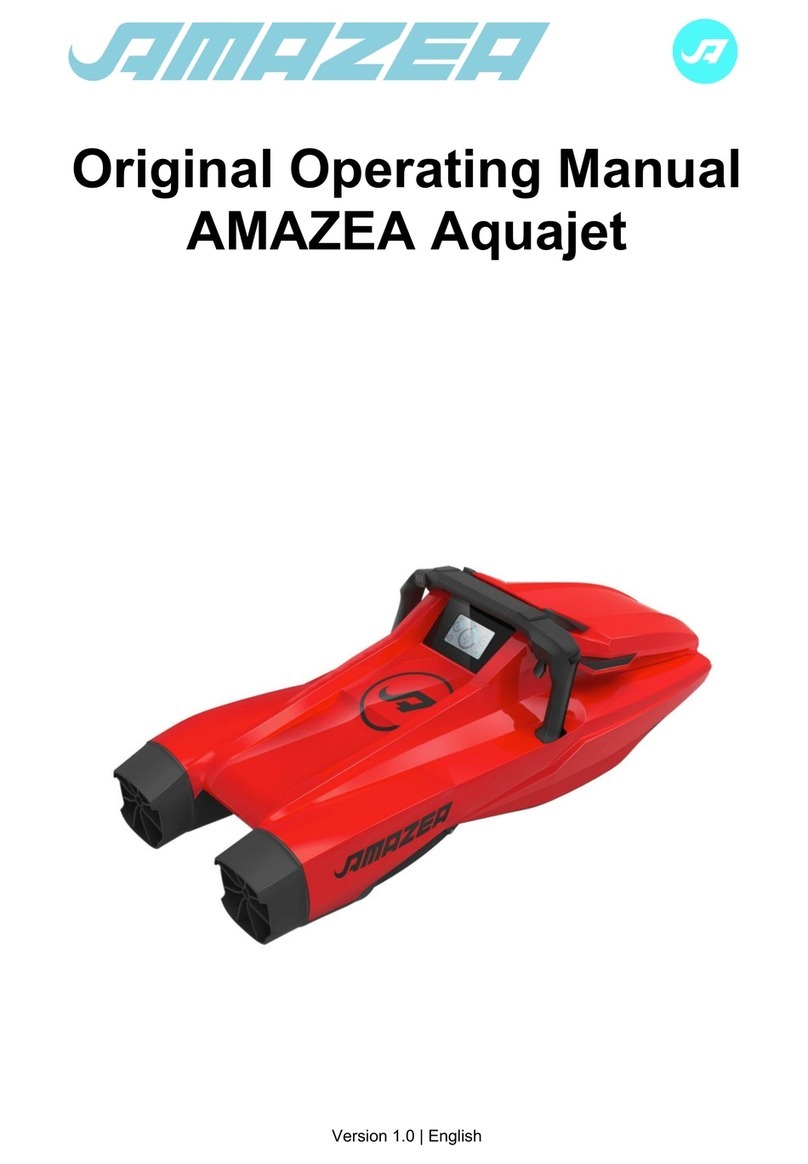
3
Cautions & Warnings
Proper Training Required
Always seek proper DPV and dive training prior to using any DPV. Use of Dive Xtras DPVs assumes proper training. Dive Xtras will not be held liable for any
injury or death while using this DPV.
Do not operate continuously outside of water
Dive Xtras DPVs are not designed for continuous surface operation. Operation for periods of time longer than 15-30 seconds outside of water may damage
rotational seals and compromise sealing capability of the DPV.
Never ascend using your DPV to pull you towards the surface.
This will cause a rapid ascent as explained in basic diver training and should be avoided at all times. A rapid ascent can cause serious injuries such as, but not
limited to, lung over-expansion injuries, decompression illness, rupture of the ear drum, and in extreme cases, even death.
Never allow the DPV to put you at risk.
If at any time during your diving activity with a DPV you feel you are at risk, immediately unclip the DPV tow cord and release the DPV.
Placing your hands in the way of the propeller blades can cause damage and/or injury.
Inadvertently getting your hands or other objects caught in the spinning propeller blades can cause damage to your DPV as well as to you.
The Dive Xtras DPVs have built in safety features to minimize this danger, but damage/injury may still occur.
Be careful not to entangle hair, equipment, line and/or seaweed, etc. in the propeller.
This may cause the DPV propeller to slow or even stop. Ensure you stop, releasing the trigger, and untangle whatever has caused the entanglement.
DPV may flood if improperly sealed.
Always follow the procedure outlined in the manual for installing batteries and sealing the DPV. If flooding does occur, follow process outlined in the “Flood
Recovery” section of the manual.
DPV failure may cause a runaway scooter.
Follow the procedure outlined in the “DPV Won’t Stop Running” section of the manual in the event of a runaway scooter.
Always ensure to connect like colors, whenever connecting any electric connectors.
Always connect red to red, black to black and blue to blue. Failure to do so will result in damage to your DPV or batteries.
Always ensure correct operation of the on/off trigger prior to use.
Always ensure you check the trigger action prior to use of the DPV to ensure correct operation.
(Continued)
